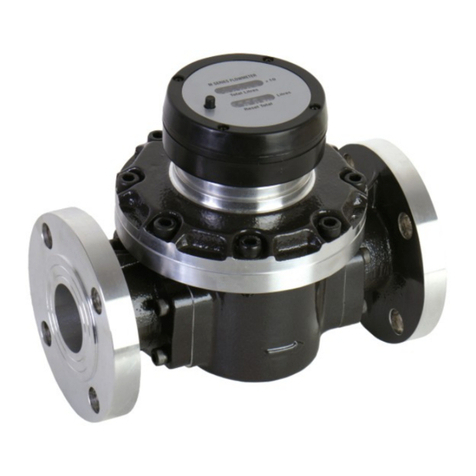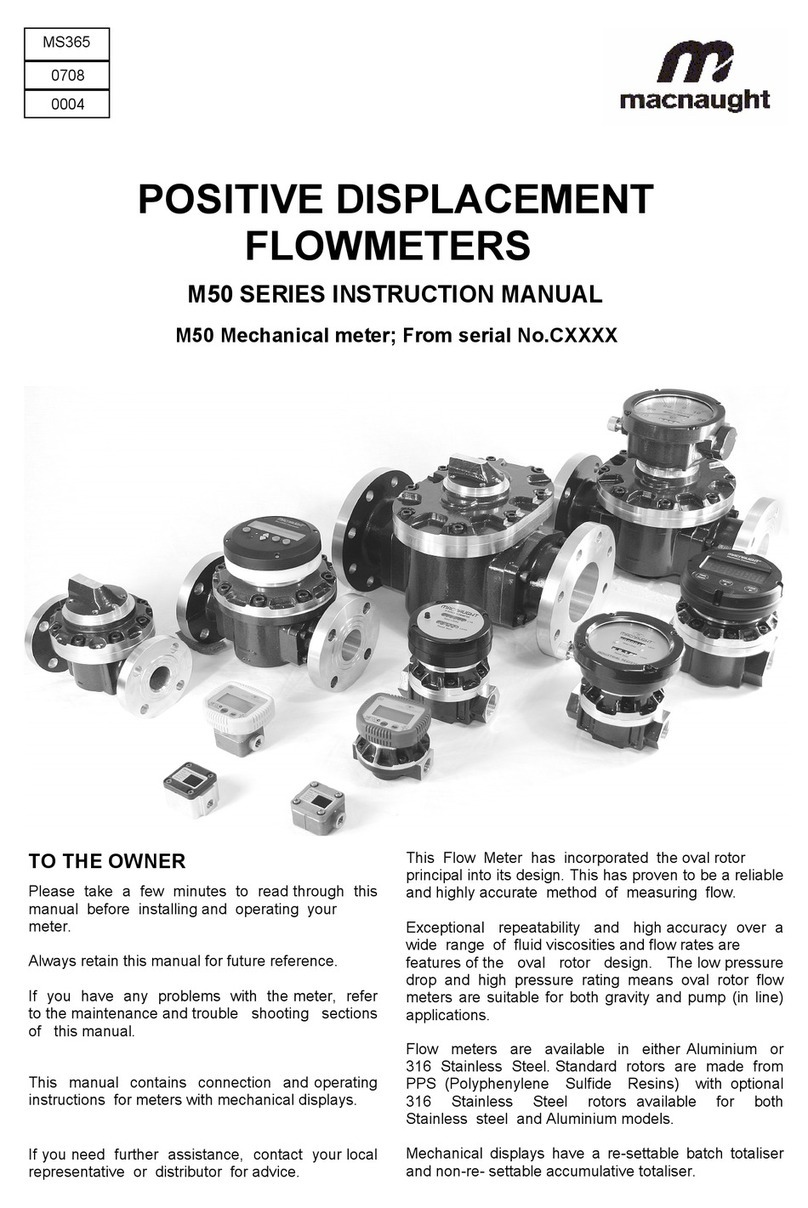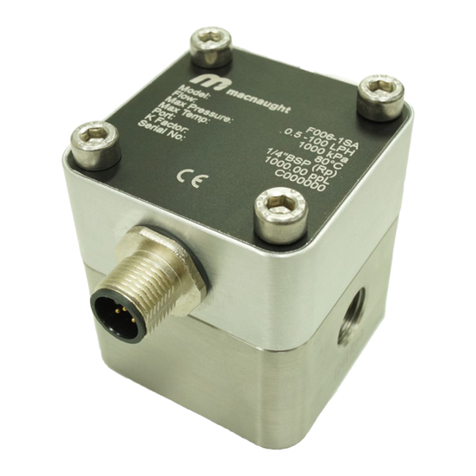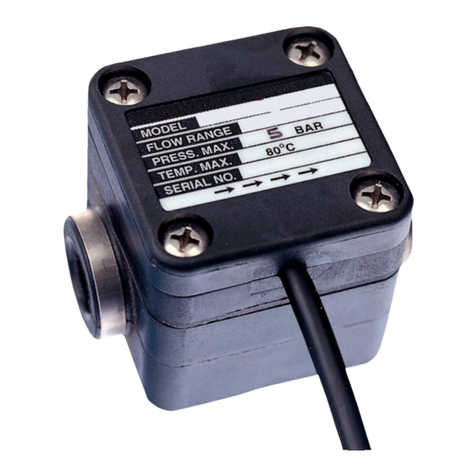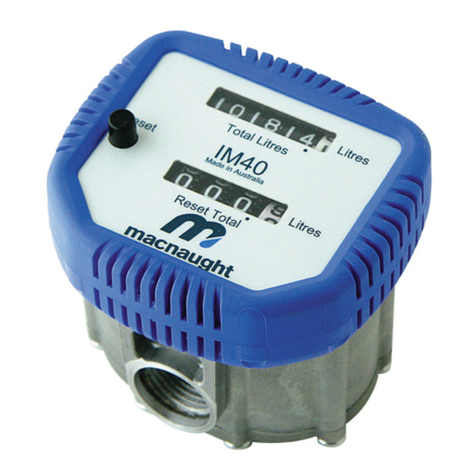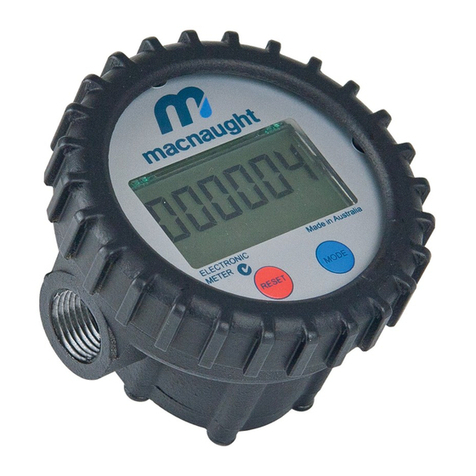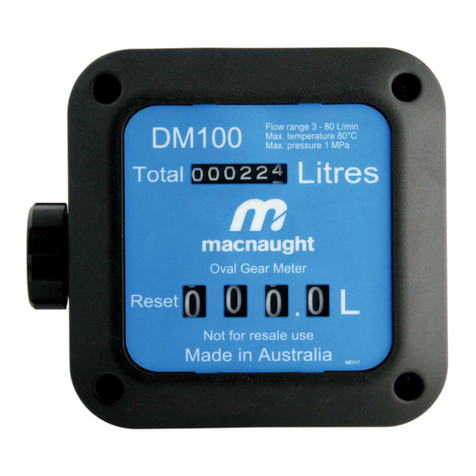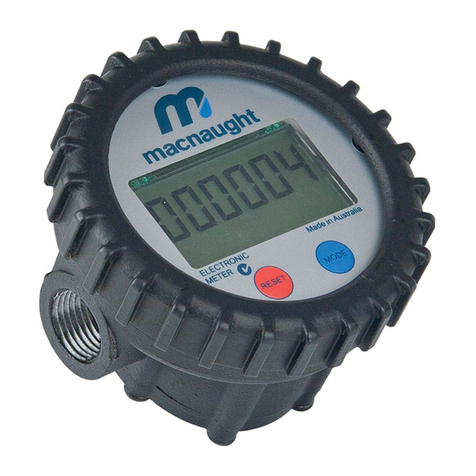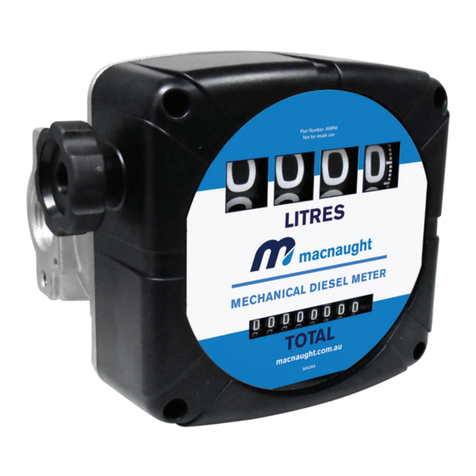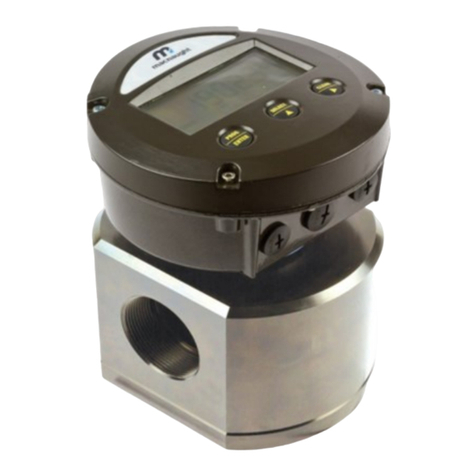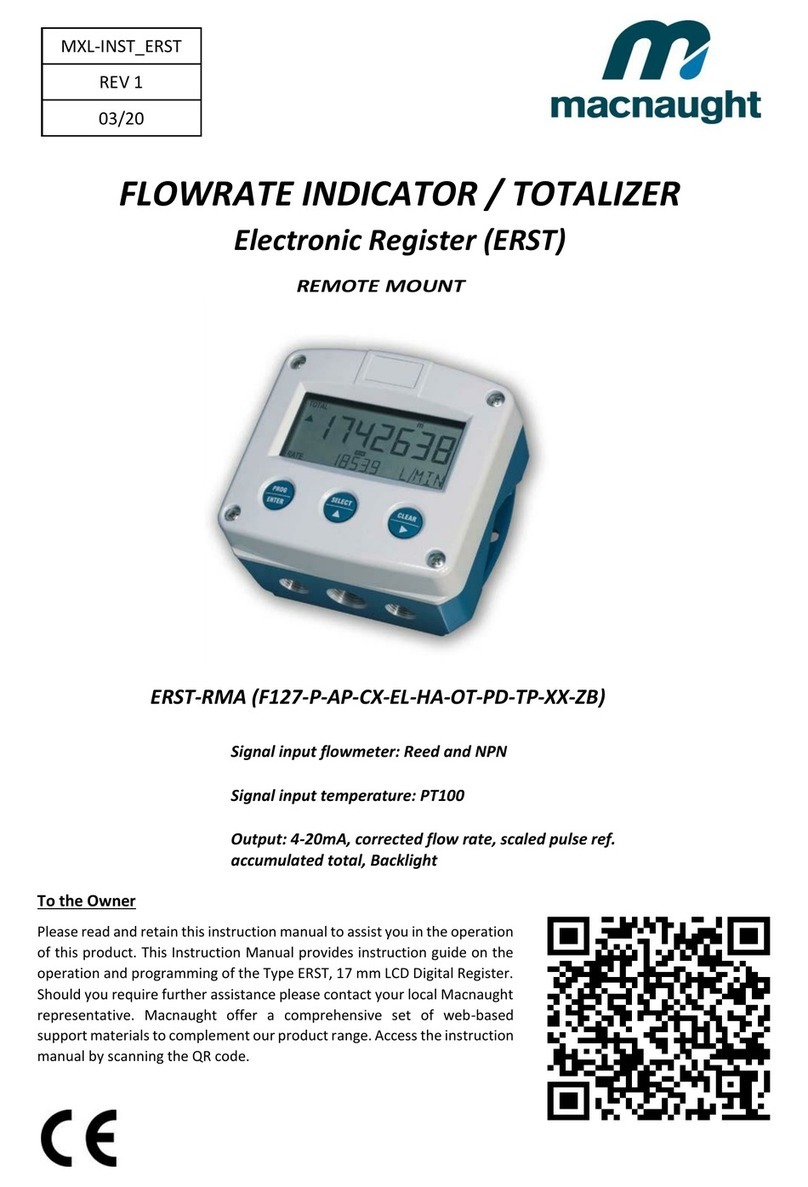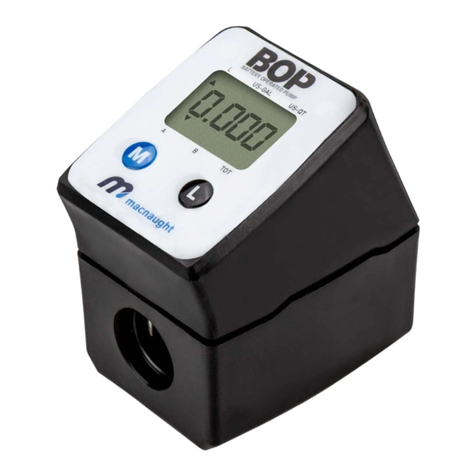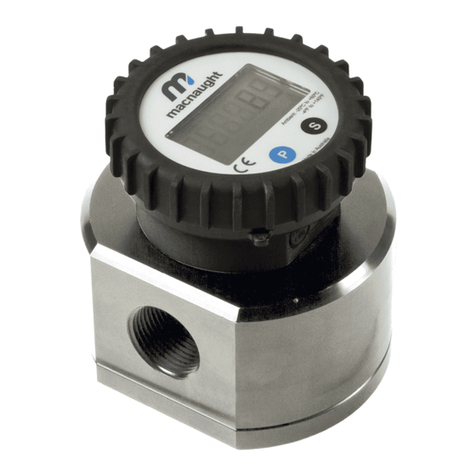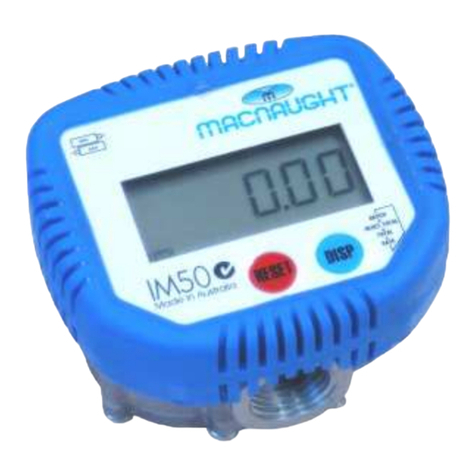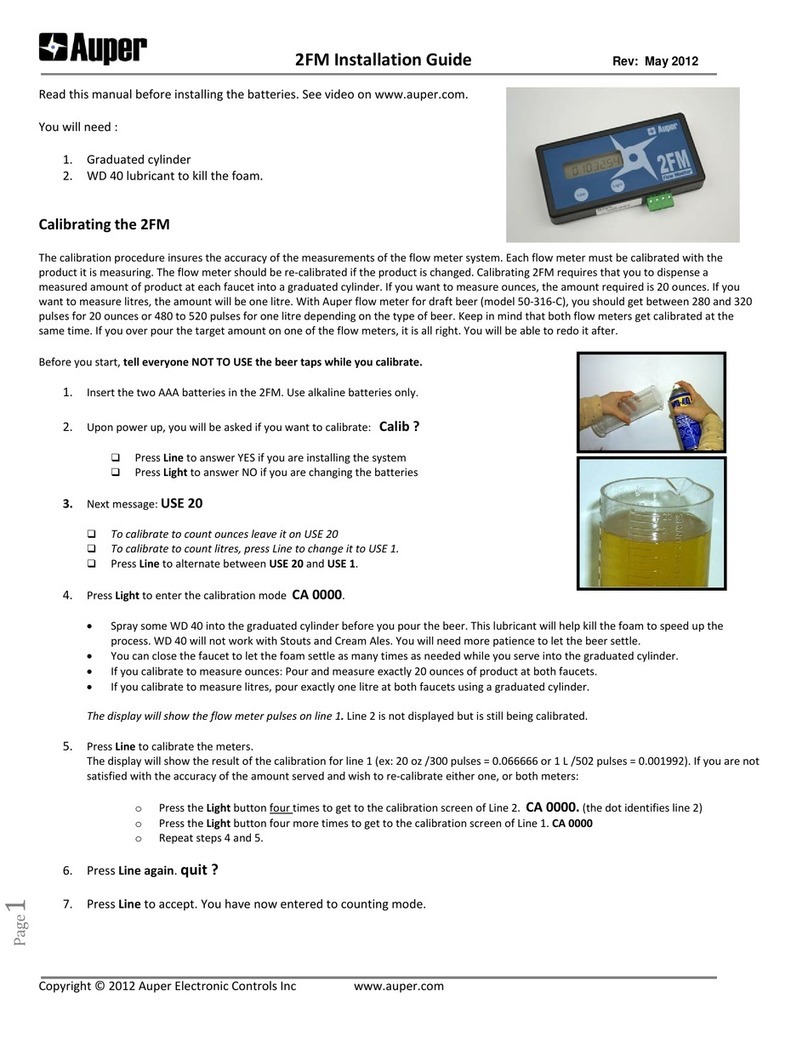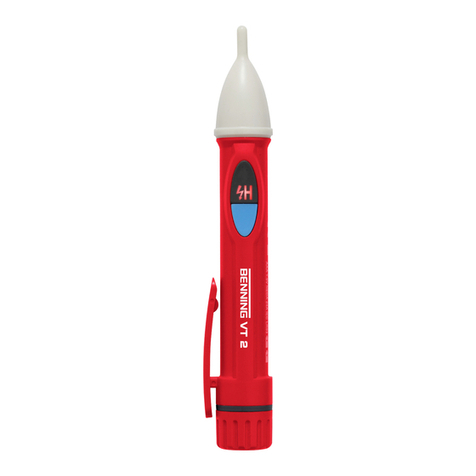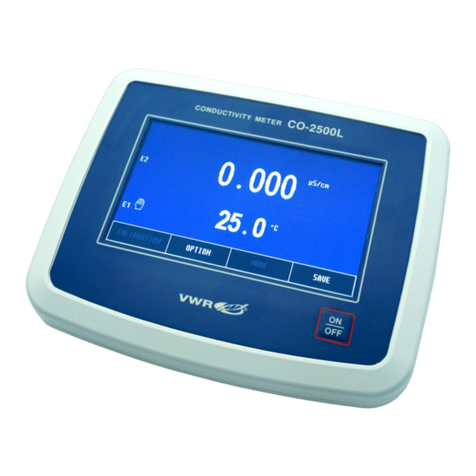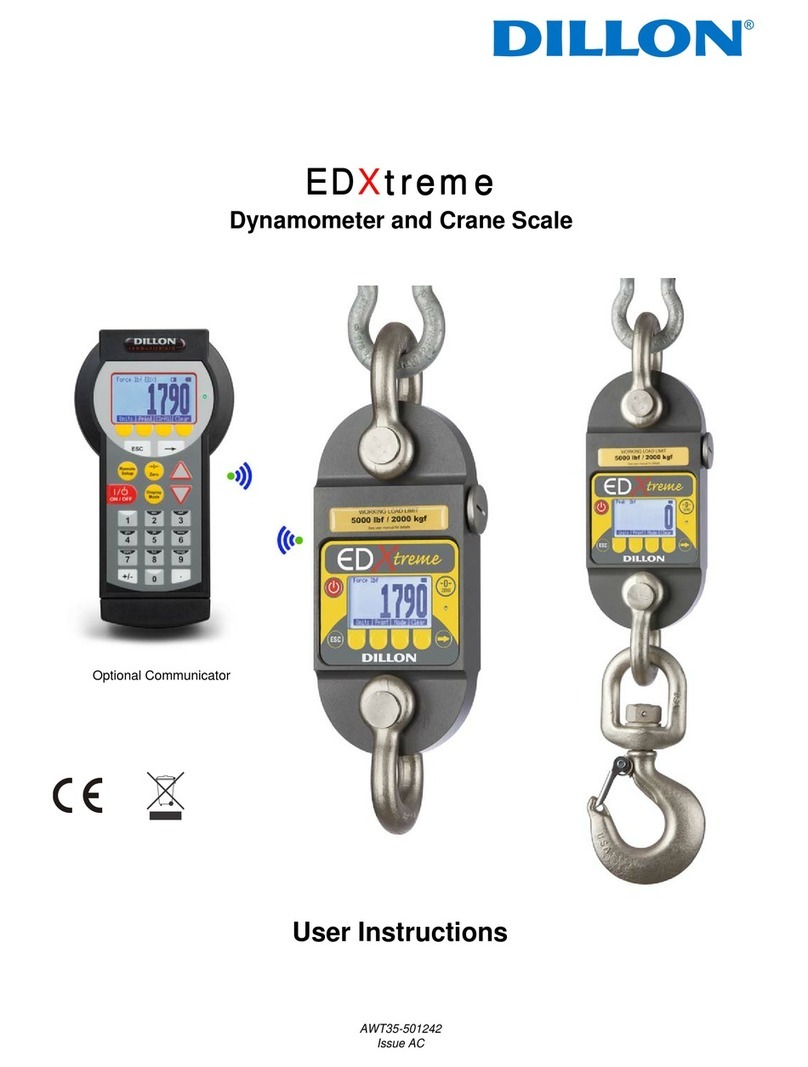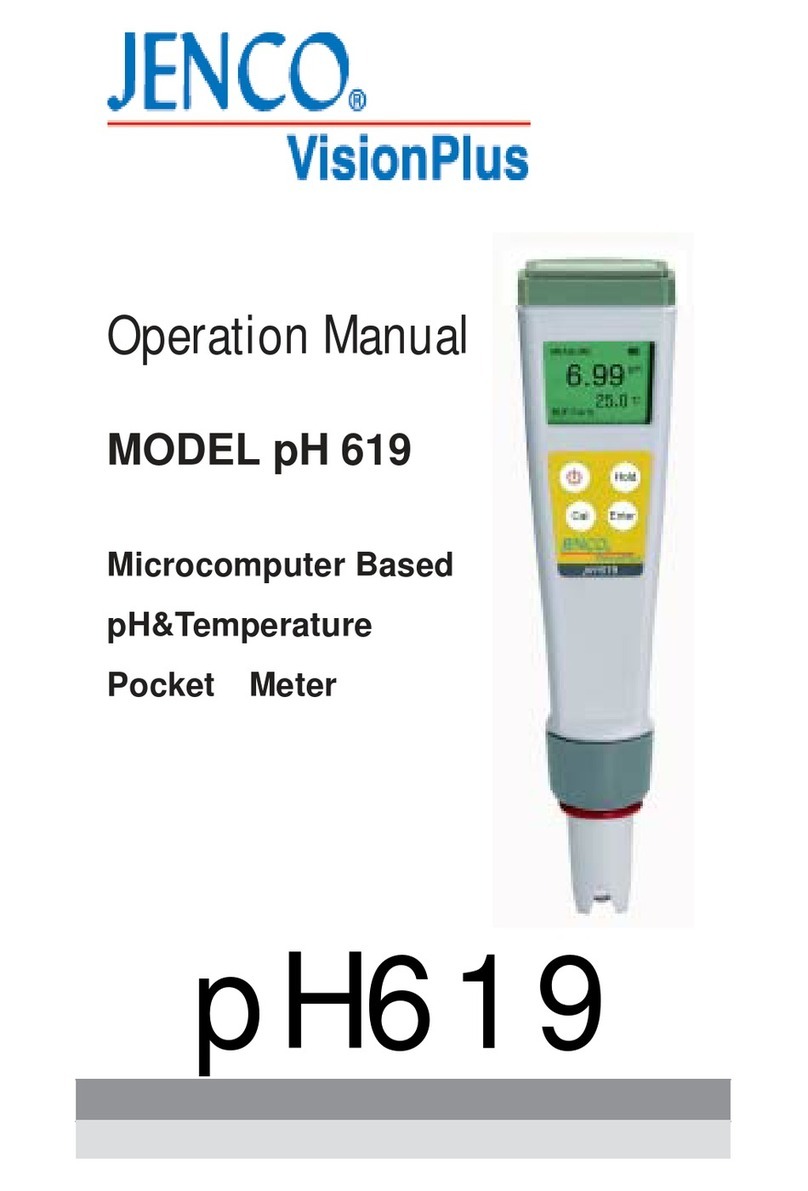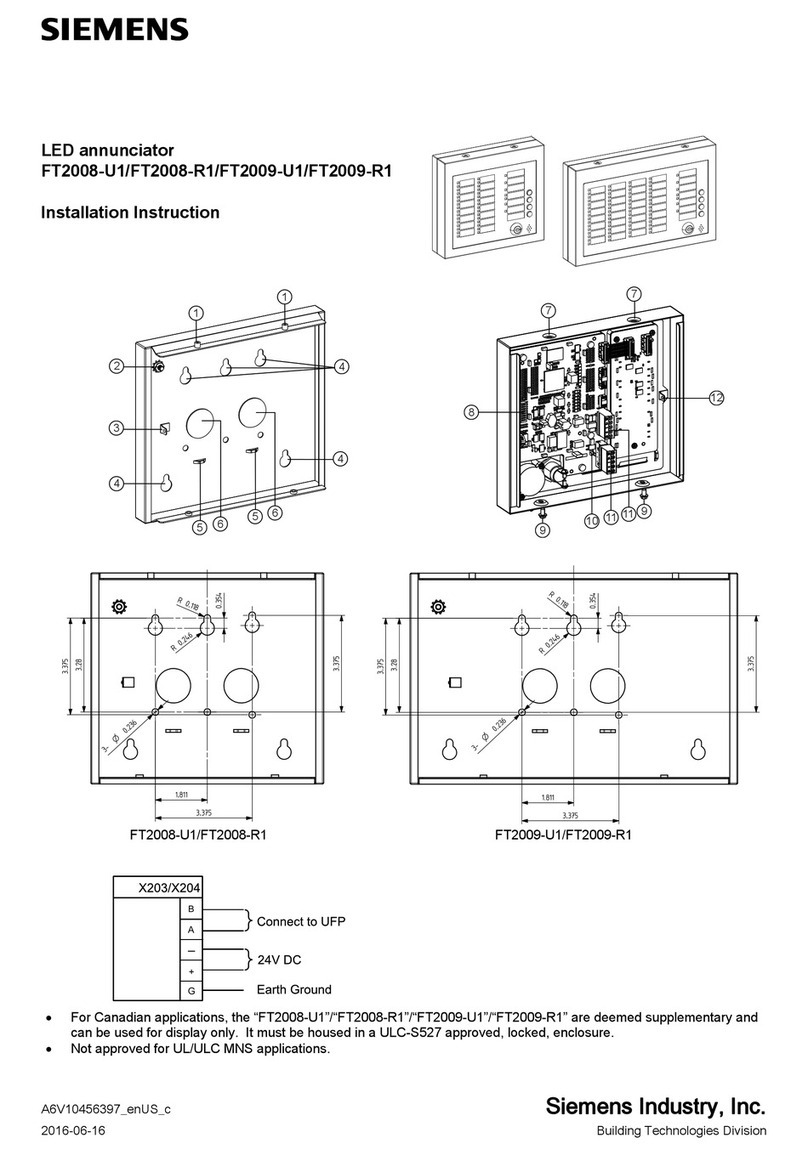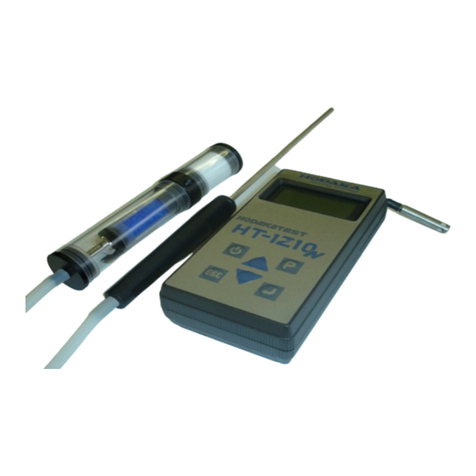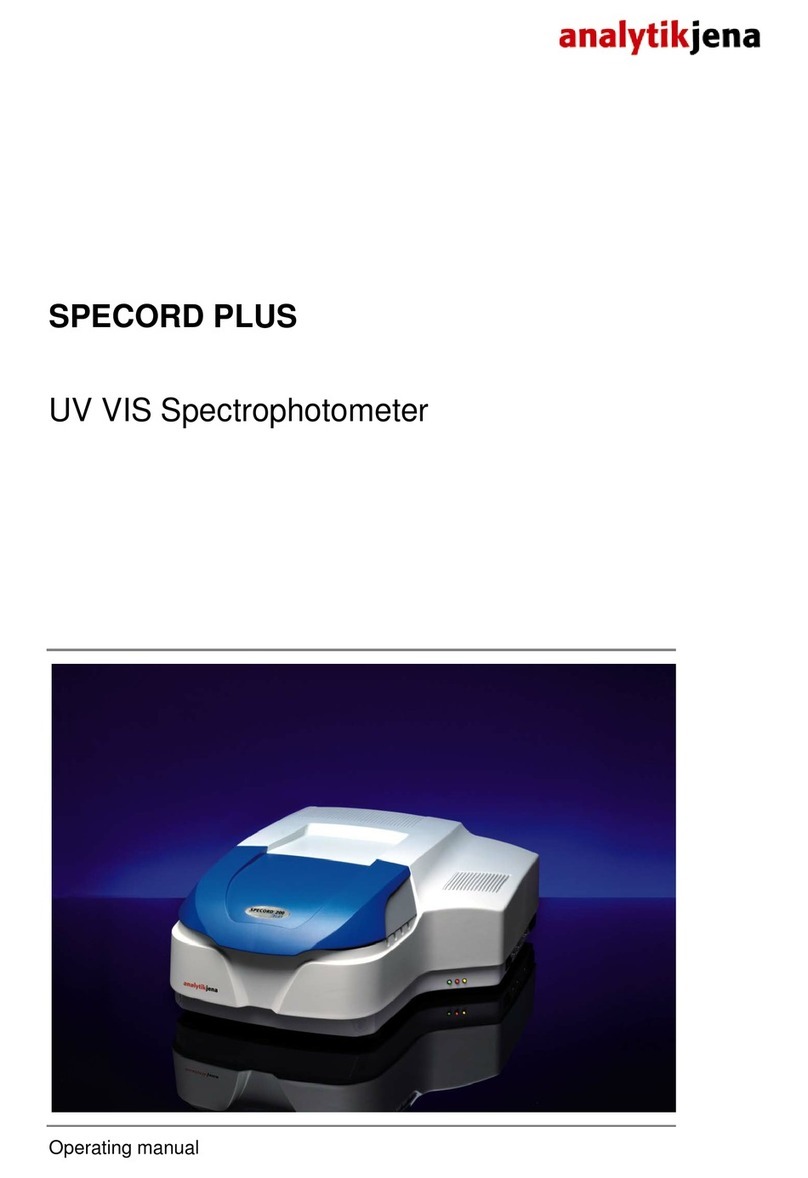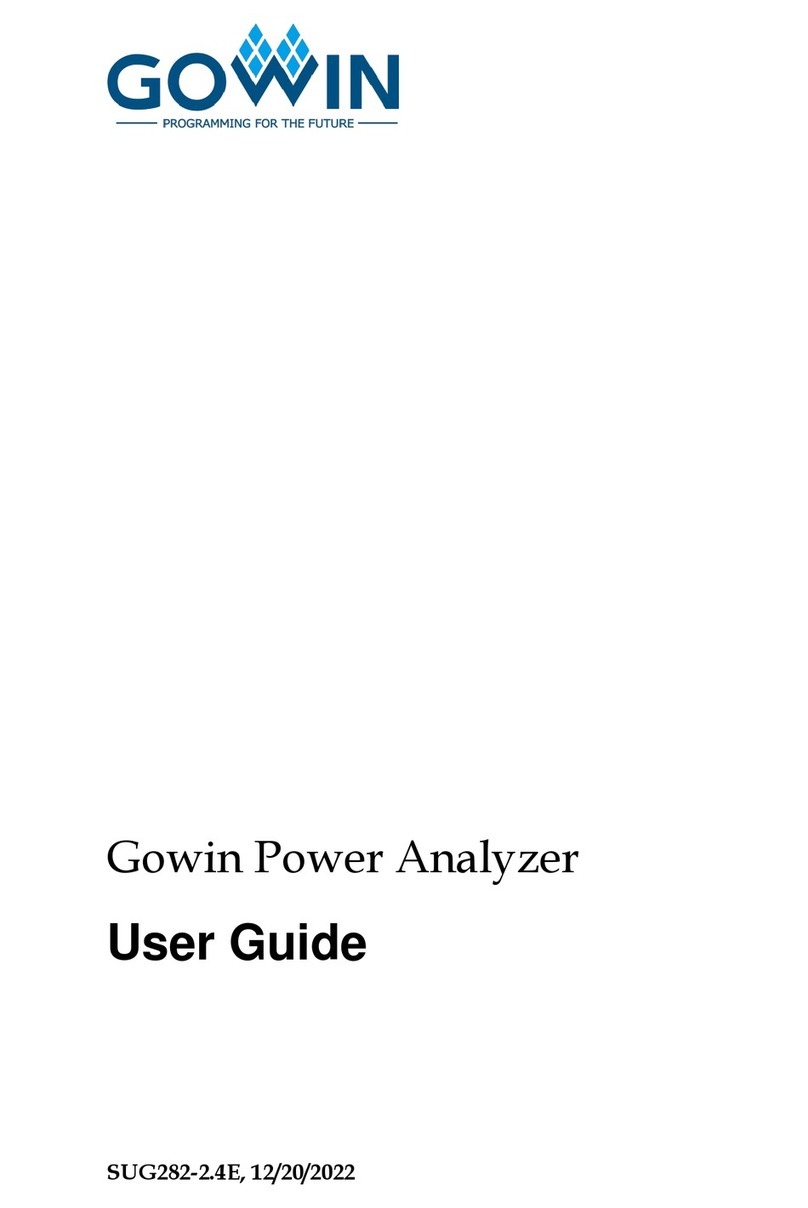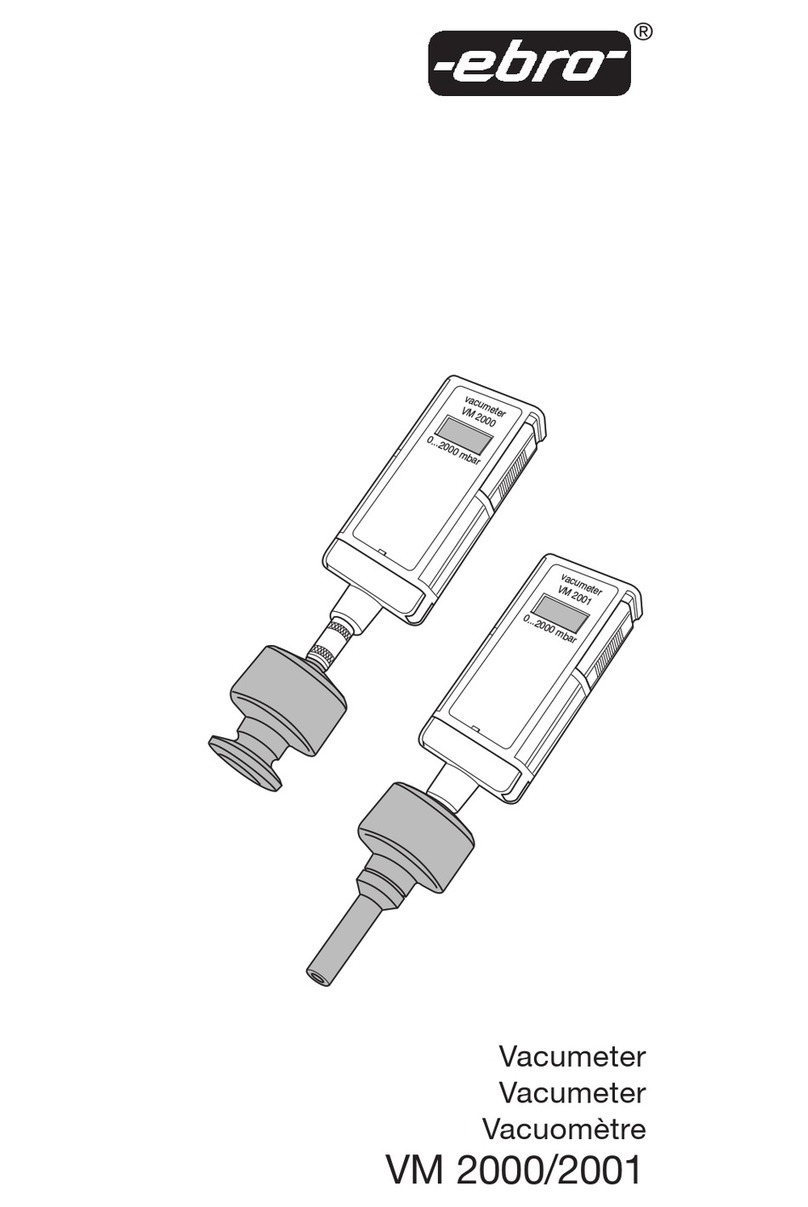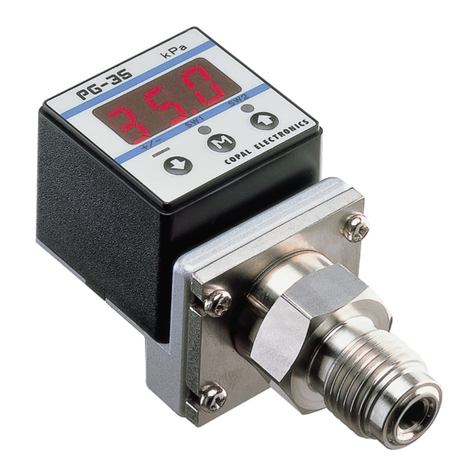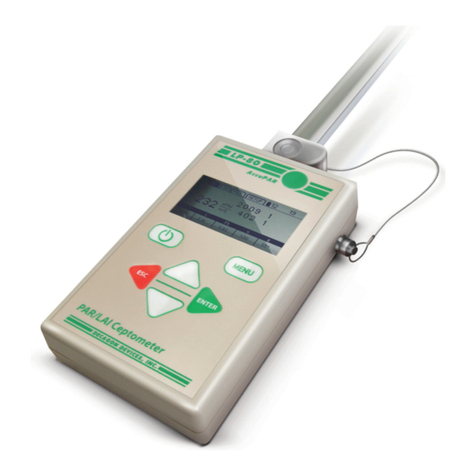
Page 4 of 31
INSTALLATION PROCEDURE
1. It is recommended that a bypass line be included
in the design. This provides the facility for a
meter to be removed for maintenance without
interrupting production. (see figure)
2. Use a thread sealant on all pipe threads. Thread
tape must not enter flow meter as this could stop
flow meters operation.
3. For pump applications ensure pipe work and
meter have the appropriate working pressure
rating to match the pressure output of the pump.
Refer to meter specifications section for further
details. (Page 7)
4. Install a Y type or basket type mesh strainer as
close as possible to the inlet side of the meter.
Meter 1/4” 74 micron / 200 mesh
Meter 1/2”- 2” 250 micron / 60 mesh
Meter 3”- 4” 420 micron / 40 mesh
The flow meter can accept flow in any direction.
5. The meter can be installed in any orientation as
long as the meter shafts are in a horizontal
plane as per the picture.
Incorrect installation can cause premature wear of
meter components.
Do not over tighten meter connections.
7. It is important after initial installation to fill the line
slowly, high speed air purge could cause damage
to the rotors.
8. Test the system for leaks. Do not continue use if
meter is leaking.
9. Check the strainer for swarf or foreign material,
after the first 200 litres, check periodically,
particularly if the flow rate is noted to be
decreasing.
When maintenance to any part of the flow meter is required, it must be isolated and line pressure released. It
must be removed from the line if required. Use non sparking tools to accomplish the job.
It is advisable to mark all components with a marker pen before disassembly, to ensure all the components are
replaced to their correct position during the reassembly process.
1. Remove the meter cap by loosening the bolts on the underside of the meter body. (see FIG 1, Page 6)
2. Remove the O-Ring from the O-Ring groove. Clean it nicely and store in clean place.
3. Remove rotors from the cap and shaft assembly. The shafts are fixed to the cap for sizes 1/4” - 2” and to the
body for 3” and 4” sizes. No need to take them off.
Do not remove shafts from their location.
Inspection and maintenance should only be carried out by experienced personnel.
MAINTENANCE PROCEDURE
DIS-ASSEMBLY




















